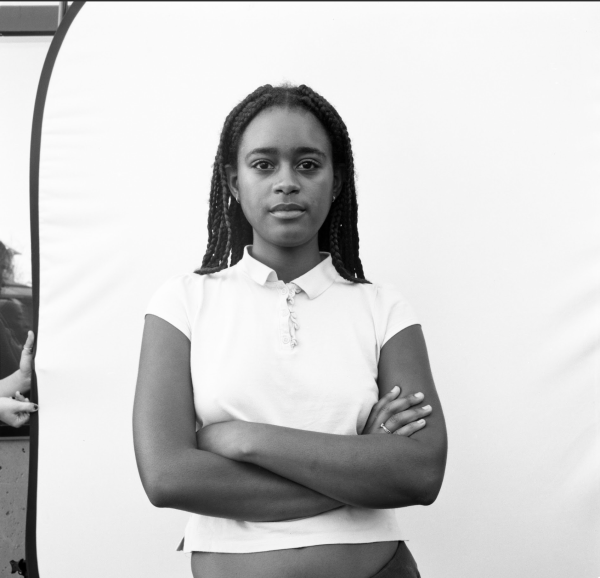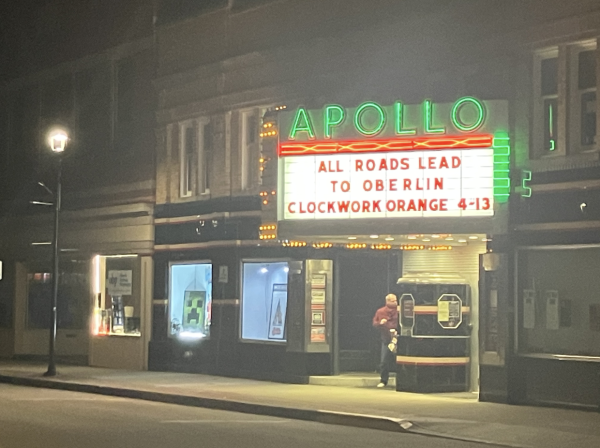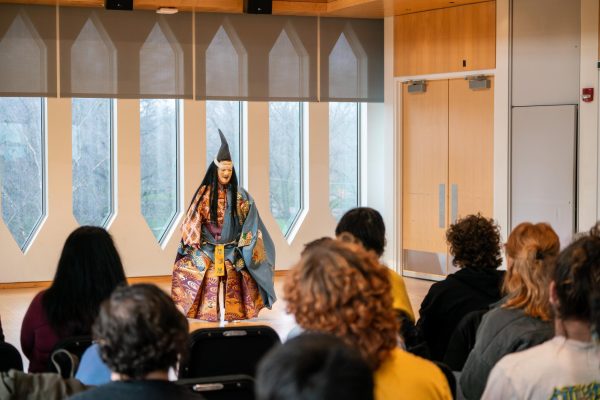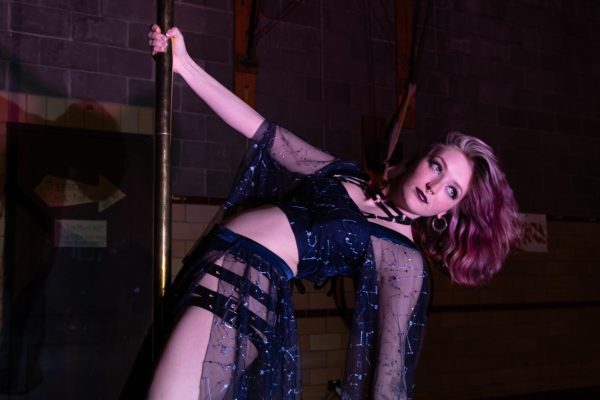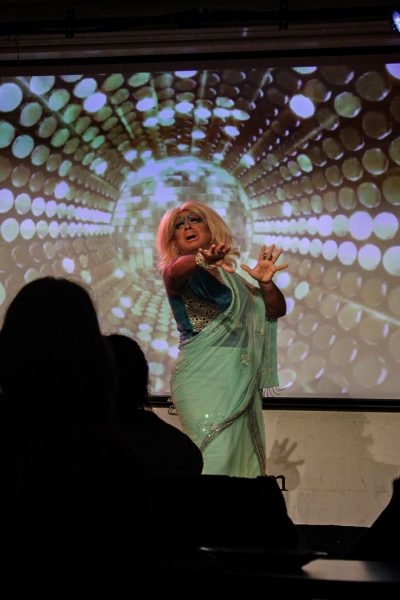Spring Back Reimagines Choreography
Every year, Oberlin’s Dance department hosts two faculty-directed shows: Fall Forward and Spring Back, which usually play out in a more-or-less traditional program in Warner Main Space. This year’s Spring Back breaks from this mold, as it will have no set stage. Instead, guides will lead audience members all through Warner Gymnasium. Beginning in Warner Main Space, where three of the concert’s pieces will be performed, the show will bring audiences to three pieces on the first floor, two more in the basement, and back again. There are only 50 tickets sold per night due to these restricted and innovative spaces, and upon arrival, viewers will be split into three groups, each of which will have a different experience of the show as they move through it.
“We did a lot in [Assistant Professor of Dance Alysia Ramos’ first semester choreography class] with site-specific work, … and we all thought it would be so cool if we could do this for Spring Back,” said College sophomore Georgie Johnson, one of the student choreographers featured in the show.
Since Ramos was the faculty member scheduled to direct this year’s Spring Back, she decided to follow the bent of that student interest and give them a platform to display their work.
Johnson’s piece interrogates the role of ritual and repetitive practice in our lives through the lens of “making the strange familiar and the familiar strange” — inspired by reading some of her father’s memoirs and his descriptions of the way his late autistic sister would move through space. Some other pieces in the show hinge on transience, rhythm, and the relationship between the otherworldly and the grounded. The primary unifying factor is the show’s experimental drift, as choreographers were encouraged to consider dance in a way that many of them hadn’t before.
“Many of [the student choreographers] are accustomed to thinking about dance being the coordination of movements of the body,” Ramos said. “But putting it in a new space that maybe limits or changes those possibilities and asks them to consider the environment or consider the audience experience, is new. What can I do with this space? I think what drives a lot of the pieces is the investigation of that.”
The new format this year has also changed the way that the dance department plans to approach these shows in the future, Ramos added.
“Instead of being locked into a formula, we’re going to assess each time how we want the shows to go, so they could potentially be driven by a different concept,” she said. “And I think that’s important, to make them more meaningful to the students.”
Ramos also said that there have been points when student interest in Fall Forward and Spring Back waned, given that the Student Dance Showcase has no audition and a shorter tech week.
“We’re thinking about, when a student just wants to make a concert, why would they want to commit to a longer process and having to audition?” Ramos asked. “What are the benefits of that? And a lot of that has to do with mentorship and production support, so how do we make those benefits evident? … If we have students who are interested in [a different area of concentration], maybe we’ll go a different direction.”
The choreographers took time to consider that that an audience might not always find the same vitality in watching dance as a choreographer does in making it or a dancer does in performing it.
“We talked about how doing a show like this would activate the audience and get them to move around with the performers and allow them a little bit more agency in what they see,” Ramos said.
The performers and the director all want audiences to understand the opportunity to access the work as experimental. Some of the pieces use aerial work and video, in addition to spatial exploration.
“I think often what I hear from audiences is that they don’t ‘get it,’ or they feel like they’re supposed to get something [specific] out of [dance],” Ramos said. “And I think the intention of this [show] is to explore the space, and to communicate that that’s OK … and people can take it as that.”
There will be performances April 5–7 in Warner Gymnasium. Tickets to the show are $5 and can be purchased in advance through Central Ticket Services at Hall Auditorium. Viewers should note that some of the spaces can only be reached by walking up and down flights of stairs.
“There are cool spaces in this building that people don’t know exist,” Ramos said. “Going into the basement is a little bit like going into the past of this building, when it was a gym.”
A lot of Johnson’s excitement around the show stemmed from this innovation.
“It’s going to be a pretty weird show, I think,” she said. “It’ll be fun and interactive.”
In the words of College senior Michal Schorsch, one of the choreographers: “Come share the pulse and support dance as an art form.”


